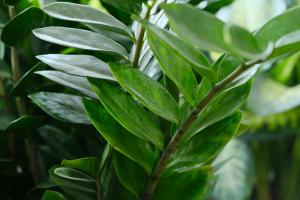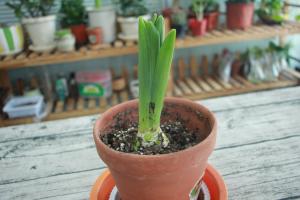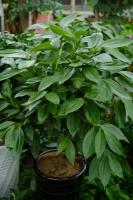Are Indoor Lights Good for Plants?
Indoor gardening is becoming increasingly popular, but many people wonder if regular indoor lights are good enough for their plants. In general, indoor lights can be beneficial for plants, but the type of light and the duration of exposure are important factors to consider.
Types of Indoor Lights
There are several types of indoor lights that can be used for plants, including fluorescent lights, incandescent lights, and LED lights. Fluorescent lights are popular because they are energy-efficient and emit a type of light that is beneficial for plants. Incandescent lights, on the other hand, produce a lot of heat and can be too harsh for some plants. LED lights are a newer and more expensive option, but they are long-lasting and can give plants the right amount of light they need.
The Importance of Light Duration
Plants need a certain amount of light each day, and the duration of exposure is just as important as the type of light. Different plants have different light requirements, but in general, most plants need at least 6 hours of light each day. Some plants may need up to 16 hours of light each day, while others can survive with as little as 4 hours of light. It is important to research the specific needs of each plant before providing them with light.
Mimicking Natural Light
While indoor lights can be beneficial for plants, they do not always provide the same benefits as natural sunlight. Natural sunlight contains the full spectrum of light that plants need to grow, including ultraviolet (UV) and infrared (IR) light. Indoor lights may not provide adequate amounts of UV and IR light, which can lead to stunted growth and poor health in some plants. However, some indoor lights are designed to mimic natural sunlight, such as full-spectrum LED lights.
The Effects of Too Much Light
While plants need light to grow, too much light can be harmful. Plants that are exposed to too much light can become burned or scorched, and may develop brown spots on their leaves. Additionally, if plants receive light 24 hours a day, they may not have enough time to rest and can become stressed. It is important to find the right balance of light for each plant.
Conclusion
Indoor lights can be beneficial for plants when used correctly. Choosing the right type of indoor light and ensuring that plants receive the correct amount of light each day are important factors to consider. It is also important to mimic natural sunlight as much as possible and to find the right balance of light to avoid overexposure. By following these guidelines, indoor plants can thrive and grow to their full potential.

 how many times do yo...
how many times do yo... how many planted tre...
how many planted tre... how many pine trees ...
how many pine trees ... how many pecan trees...
how many pecan trees... how many plants comp...
how many plants comp... how many plants can ...
how many plants can ... how many plants and ...
how many plants and ... how many pepper plan...
how many pepper plan...






























